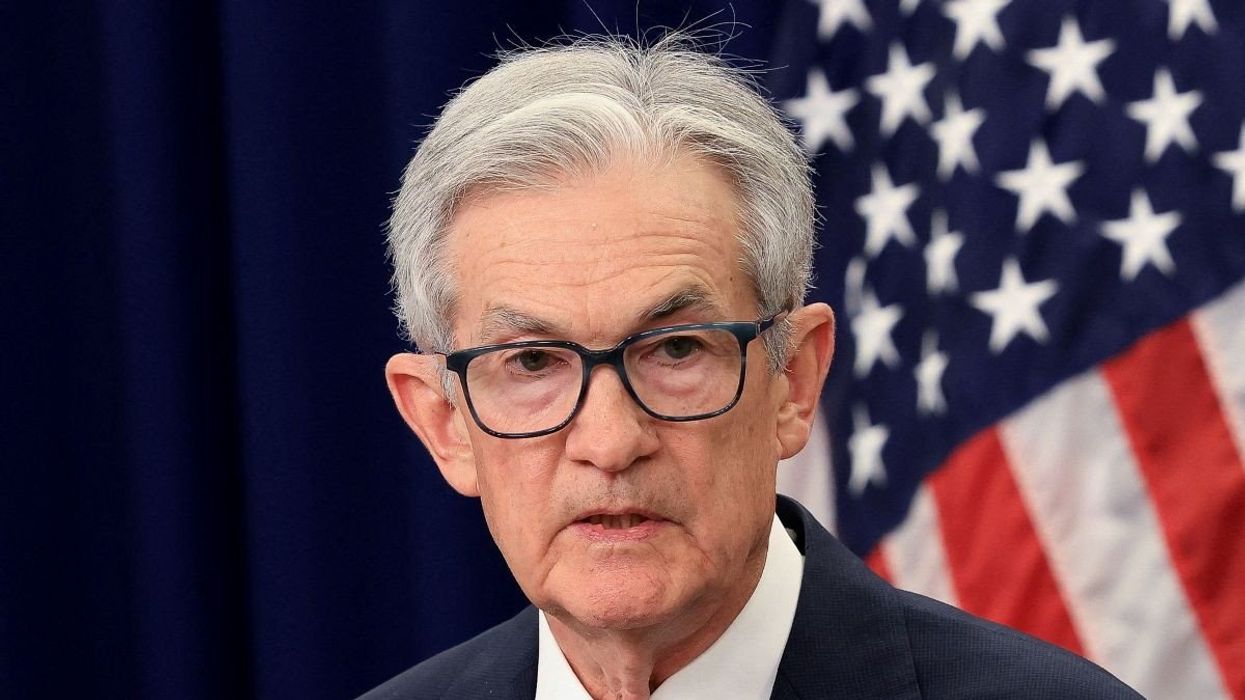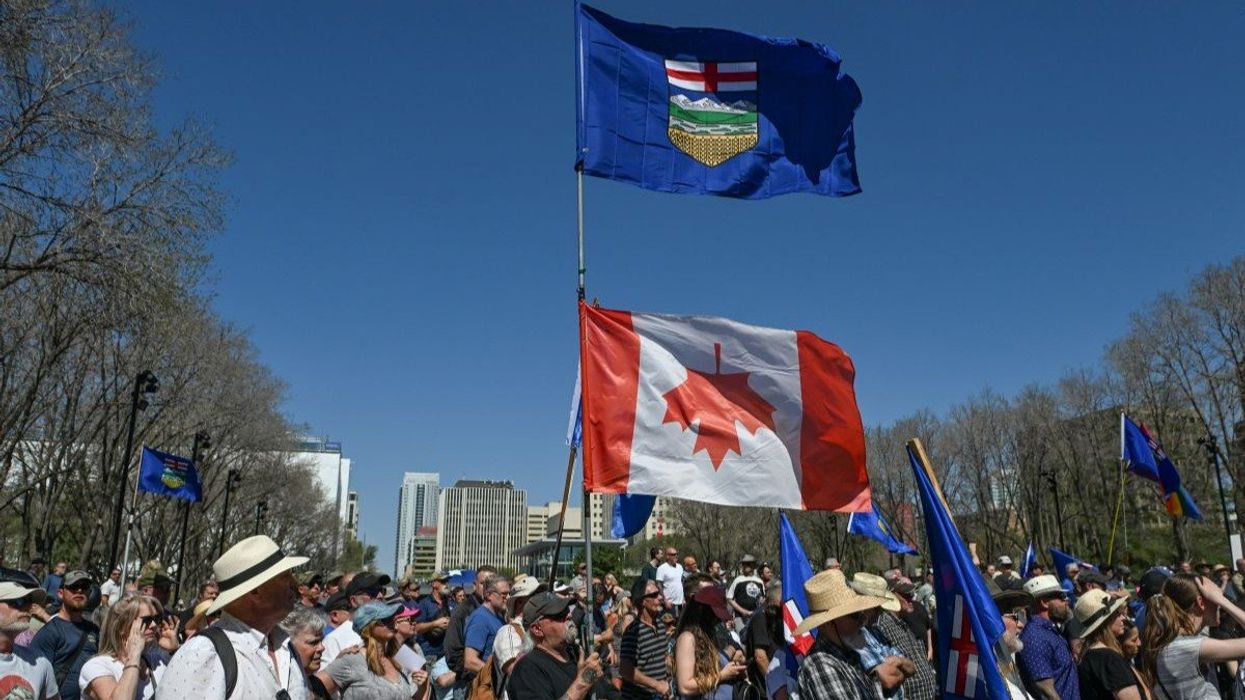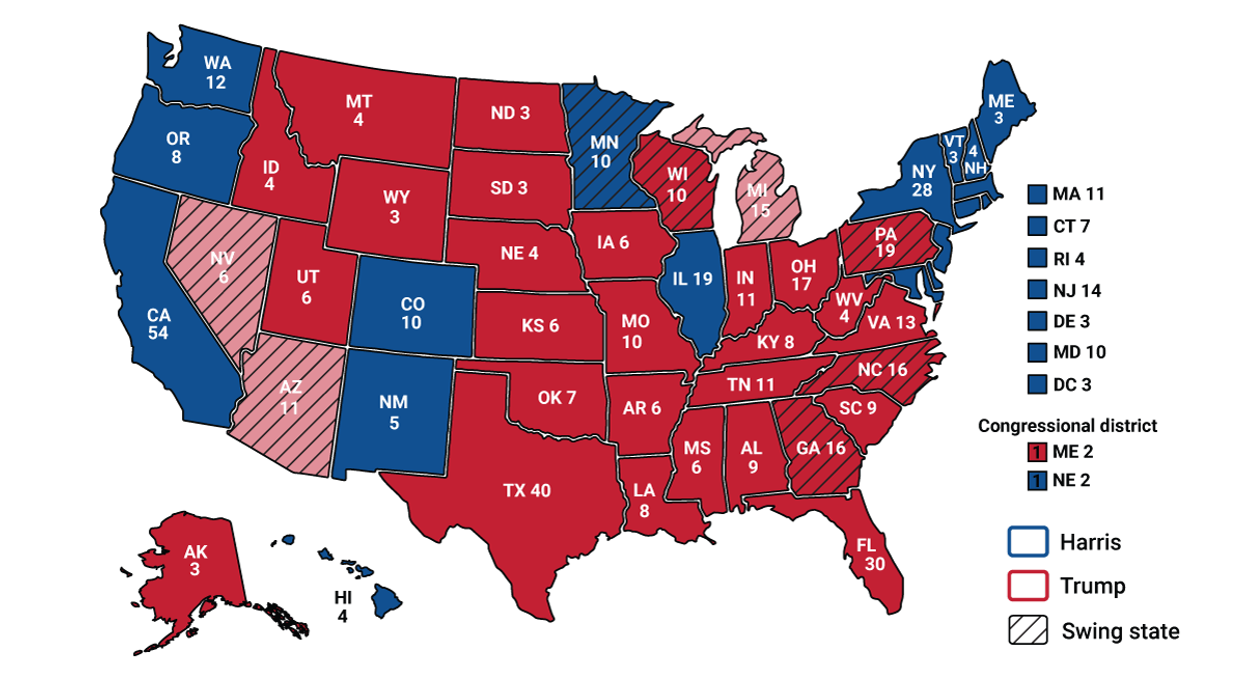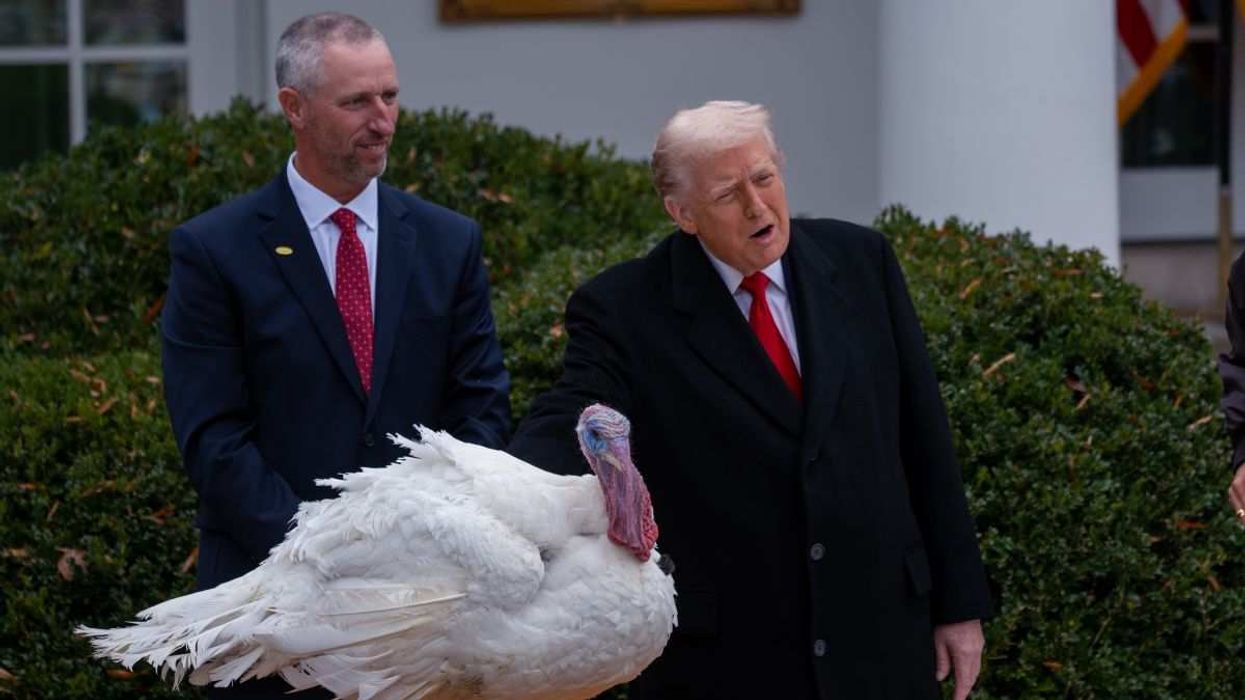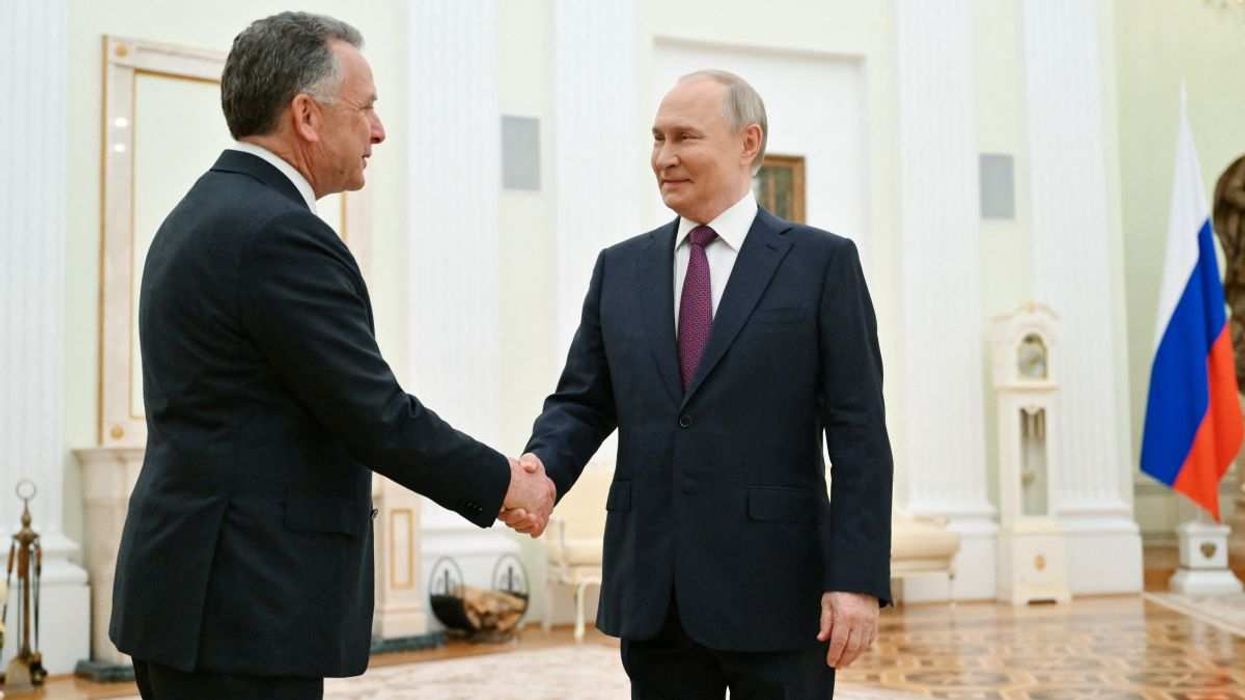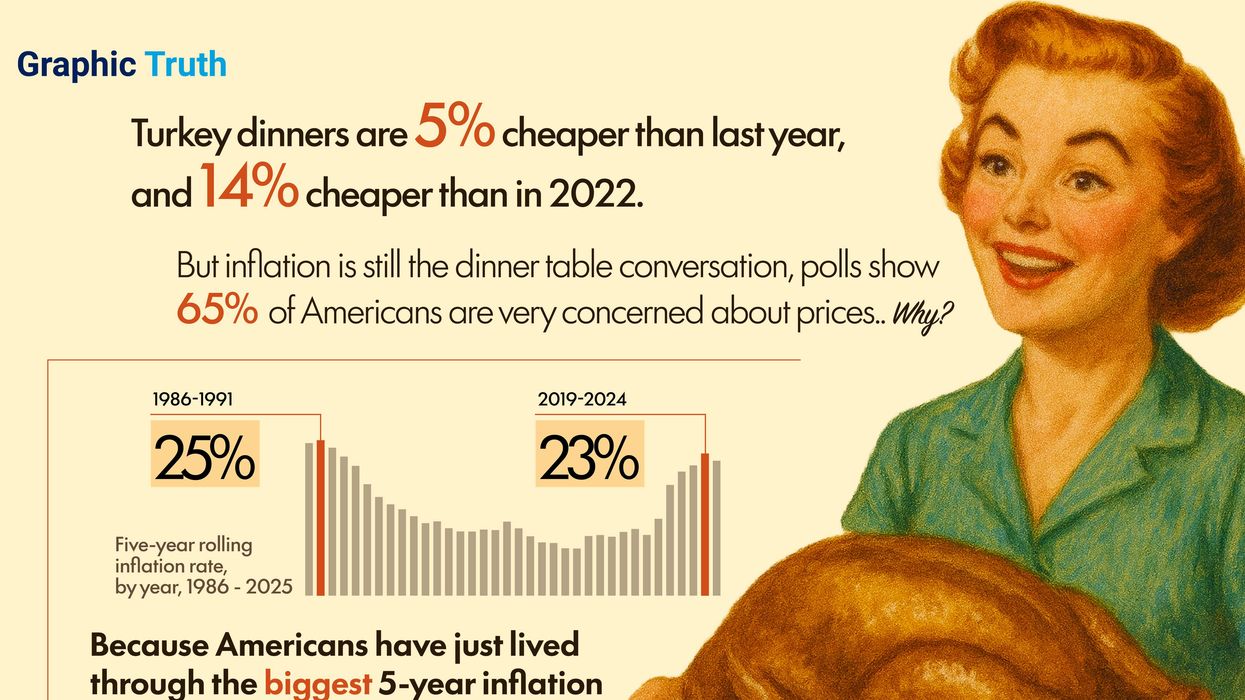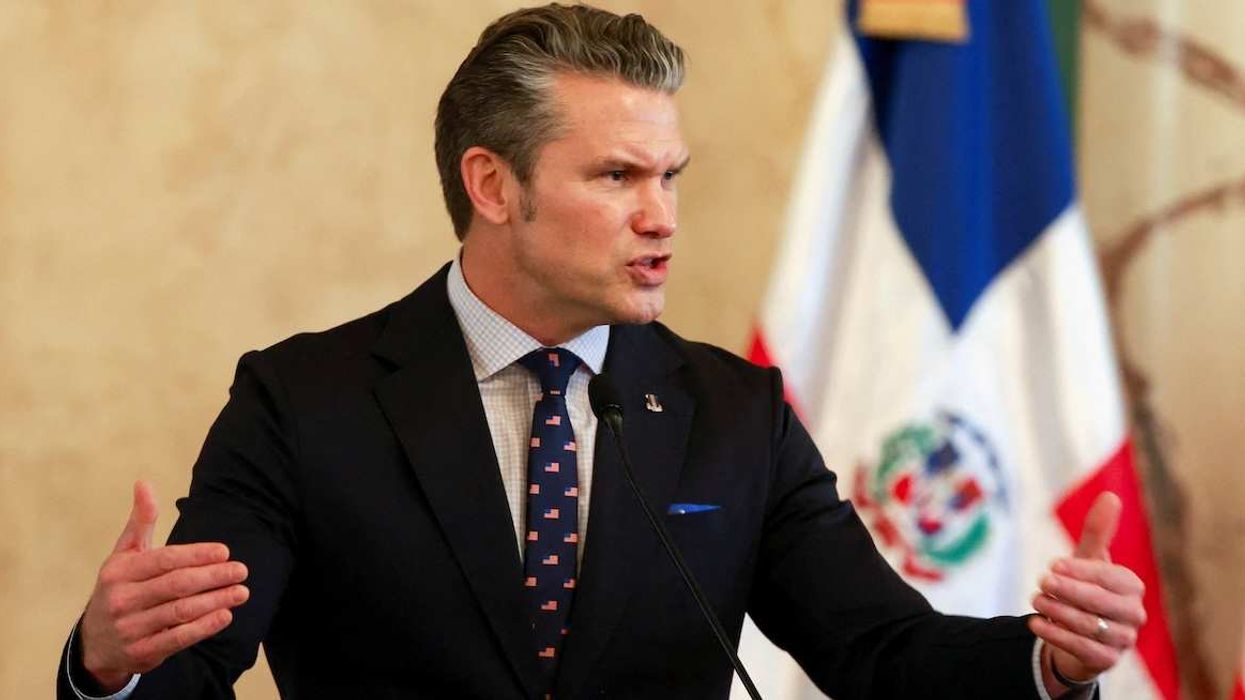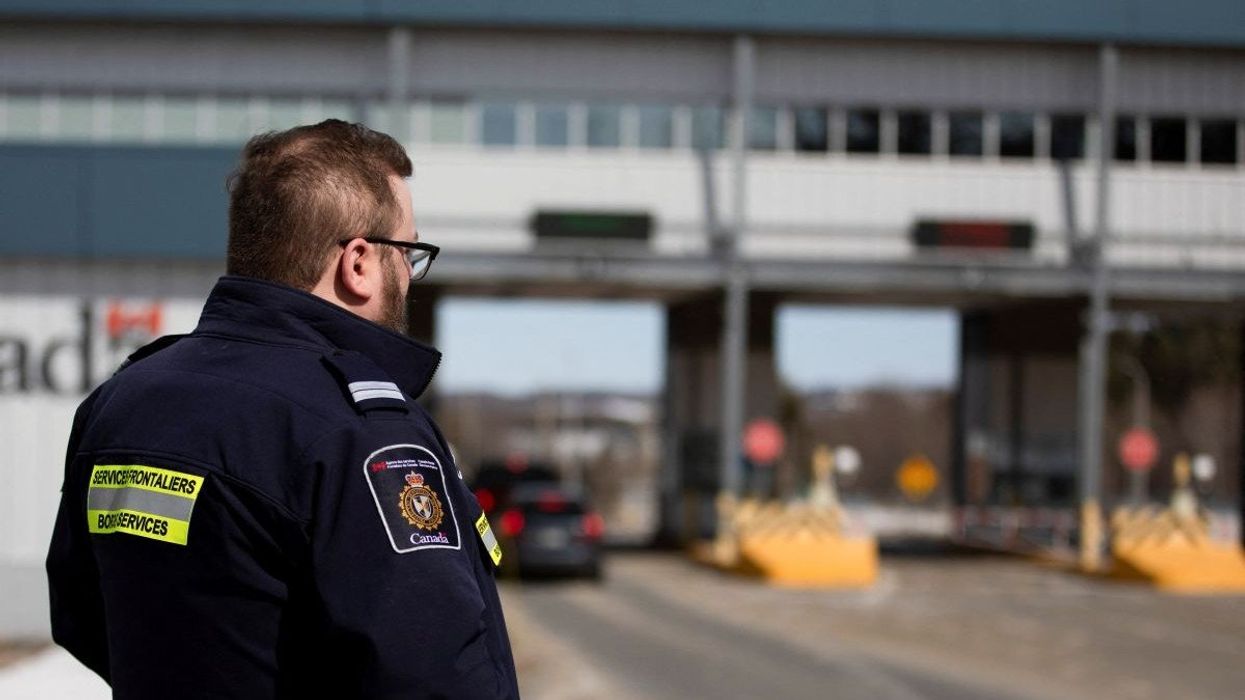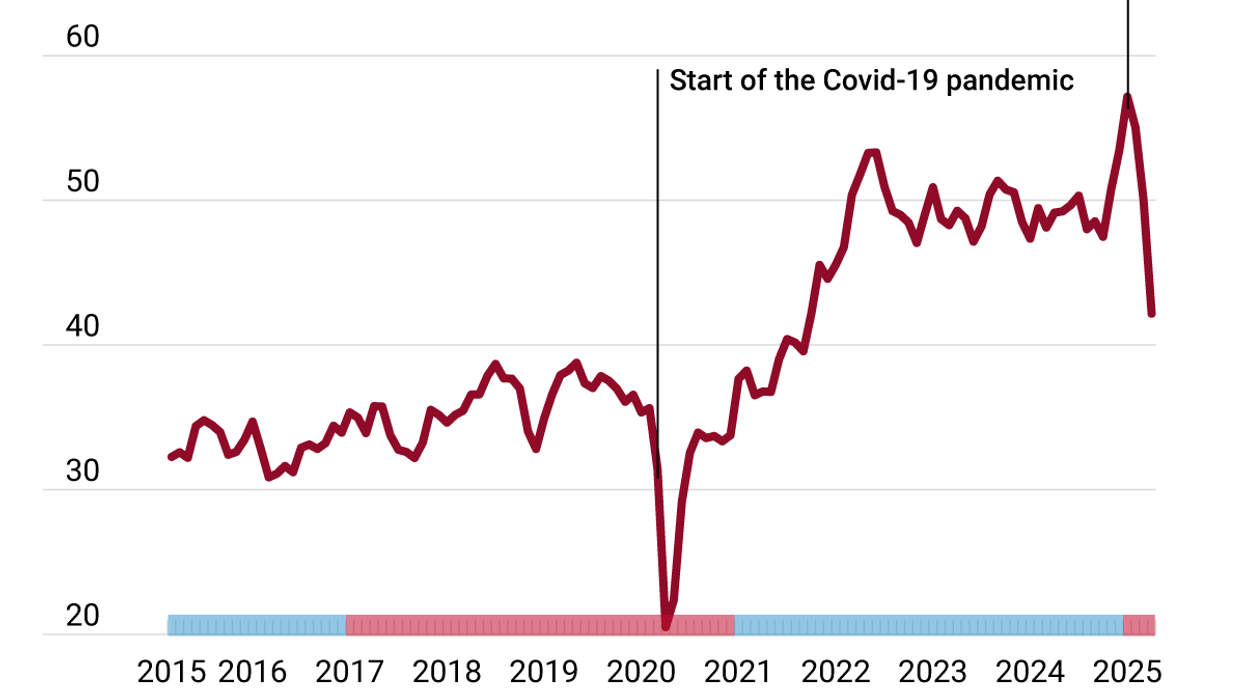Remember last summer, when New York’s skyline glowed orange – looking apocalyptic – thanks to Canadian wildfires? Last year, between May and October, some 6,500 fires burned nearly 46 million acres of Canada’s land, the worst year on record. The blazes sent toxic smoke throughout much of the country and down into the United States as far south as Florida, at one point leaving New York City with the worst air quality in the world.
And now, this year’s wildfire season looks like it may scorch last year’s record.
Earlier this week, the first significant wildfires of the year led to evacuation alerts in British Columbia and Alberta, including for Fort McMurray, where a 2016 wildfire became Canada’s most expensive natural disaster ever. Smoke from the fires led to airquality alerts in Minnesota, Wisconsin, Montana, North Dakota, and South Dakota – and left Kansas City with the worst air quality in the country – giving US cities a hazy preview of the summer ahead.
Perfect conditions for disaster
On Monday, over 500,000 acres had burned already in Canada, a fast and heavy start to the season. As of Wednesday, roughly 1,000 fires were burning. Earlier in the spring, experts warned that hot and dry conditions in this El Nińo year would lead to more – and more severe – fires. In April, Emergency Preparedness Minister Harjit Sajjan said “We can expect that the wildfire season will start sooner, end later, and potentially be more explosive.” That warning has come to pass.
The burst of fires is largely thanks to zombie fires – blazes that survived the winter and continued to burn beneath the snow. Now, with snow melting and hot, dry conditions in place, the smoldering blazes are springing back to life. So the 2024 fires are a kind of perpetual inferno set to disrupt the summer on both sides of the border and cost both countries billions of dollars fighting the fires, replacing or reinforcing infrastructure, and dealing with insurance claims. The 2023 fires cost insurers in British Columbia alone over $720 million.
The current US wildfire outlook is better than Canada’s, but there are exceptions. The National Significant Wildland Fire Potential Outlook for May noted “Year-to-date annual acres burned for the US is well above the 10-year average at 240% of normal,” though that surge was caused by major fires in Texas and Oklahoma last February. “[T]he national year-to-date tally of wildfires remains below average, near 76%,” the report notes.
The outlook for May to July stateside also warns of bigger threats to a handful of regions, including the Midwest, Southwest, and Hawaii. The threat of serious fires in Hawaii recalls the devastating 2023 Lahaina fire, the fifth deadliest in the country’s history.
Wildfires have long existed, but their scale and number, and the destruction they bring, are getting worse. Climate change is exacerbating fires, making them more likely to burn and harder to fight during increasingly long seasons. It’s a devastating new normal, which raises the question of what Canada and the US are doing to respond and how they’re cooperating to tackle a threat that doesn’t respect national borders.
Spending big on fighting fires – and sharing resources
On Tuesday, the Biden administration announced $250 million in funding for 158 projects across 31 states aimed at developing wildfire protection plans in at-risk communities under the Community Wildfire Defense Grant Program. Over five years, the plan is worth $1 billion alongside another $3.5 billion dedicated to wildfire management.
Kim Christensen, fire and aviation management deputy assistant director for operations with the US Forest Service, says her agency aims to have 11,300 wildland firefighters on the job before the peak of fire season. She notes that between the Departments of the Interior and Agriculture, there are 16,700 firefighters – plus assistance from partners across local, state, and international sources, including Canada. Altogether, that’s over 32,000 personnel at the ready.
Canada, meanwhile, has invested nearly $800 million in wildfire management initiatives, such as procuring equipment and training 1,000 new firefighters nationwide. It reportedly has 5,500 wildland firefighters, excluding the remote Yukon region, plus volunteer forces.
Plans and agreements between the US and Canada for tackling wildfires are growing, too. Last year, the two countries established a framework for exchanging resources to fight fires and sharing information after decades of ad hoc cooperation. The move is the formalization and extension of a long-established relationship, which indicates just how serious the growing challenge is.
“The US and Canada provide fire suppression assistance to each other practically every year through these arrangements,” Christensen says. She points out that “Several states in the northern tier of the US also have compact arrangements with Canadian Provinces that enable them to obtain fire suppression assistance from each other.”
These agreements include the Canada/United States Reciprocal Forest Fire Fighting Arrangement, through which the two countries coordinate resource sharing. Alexandria Jones, acting communications manager with the Canadian Interagency Forest Fire Centre, echoes the deep ties between the two countries. She says that under the arrangement, the US sent 2,450 personnel north “to assist with our record-breaking fire season” last year.
Last week, Public Safety Canada announced another $1.2 million for CIFFC “to expand the Centre’s wildfire prevention and mitigation capacity” and a pilot program for building NGOs’ ability to respond to disasters. The government also announced $57.2 million for the country’s FireSmart program to assist Indigenous communities that face wildland fire threats. Energy and Natural Resources Minister Jonathan Wilkinson notes this money is on top of the hundreds of millions already spent since 2019 on training more firefighters.
Federal efforts and international assistance are part of a disaster response package that includes provincial, state, and local efforts. Alberta, for instance, has a $2 billion emergency contingency fund for wildfire and drought, and BC is making its way through 31 recommendations from its recent Expert Task Force on Emergencies.
Does Canada need a FEMA?
All of this amounts to a lot of cooperation and coordination, which is tricky work, especially as Canada faces a wildfire severity forecast that is above average or well above average for the next five months coupled with ongoing drought in the West that could make for another devastating wildfire season.
Last year, Canada said it was considering creating a national emergency response agency like the Federal Emergency Management Agency after the wildfire season devastated much of the country, but nothing has yet come from the idea. In February, disaster and emergency expert Jack Lindsay argued that the country “needs to dramatically update how it prepares for and manages emergencies.” But as the 2024 fires arrive, Canadians are still waiting on those plans.
The way things stand, the 2024 wildfire season is set to be a brutal one for both countries. The impact of Canadian fires will once again be felt stateside. As the two countries continue to spend, develop programs, and share resources to battle the blazes, the scale of the fires continues to grow, stretching resources thin while raising coordination and deployment challenges. Both the US and Canada say they’re up to the task, but evacuation alerts and air quality warnings aren’t going away anytime soon.








